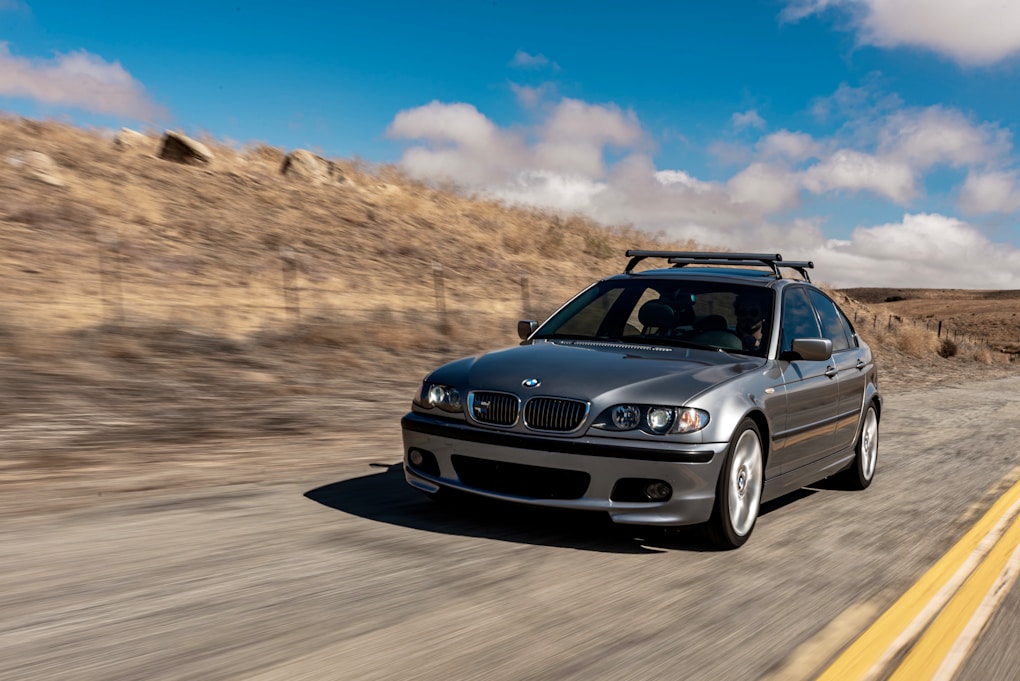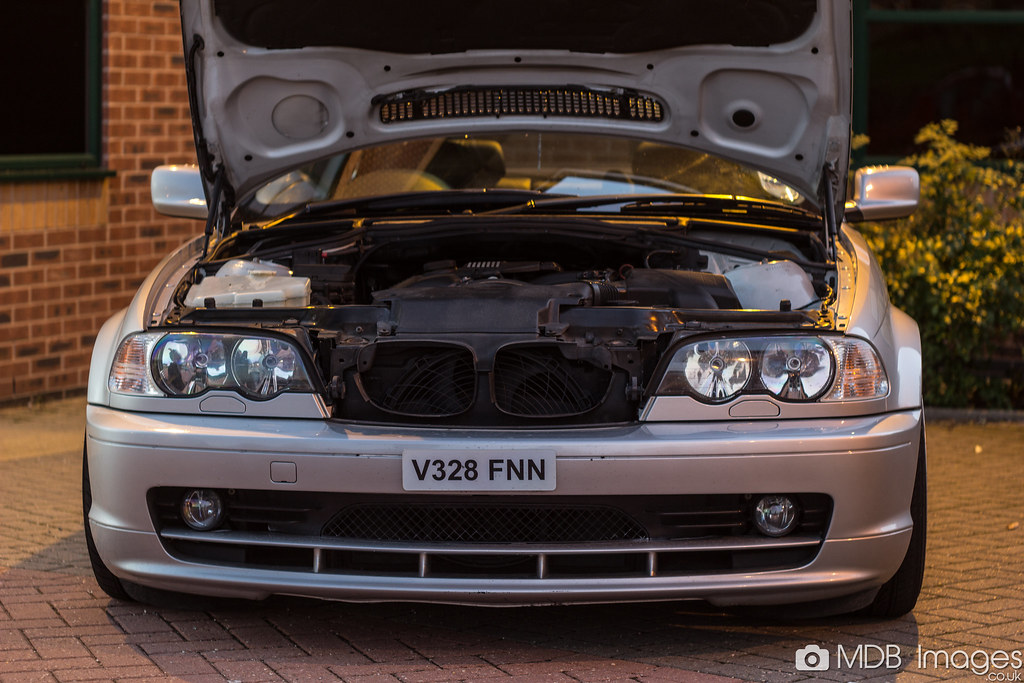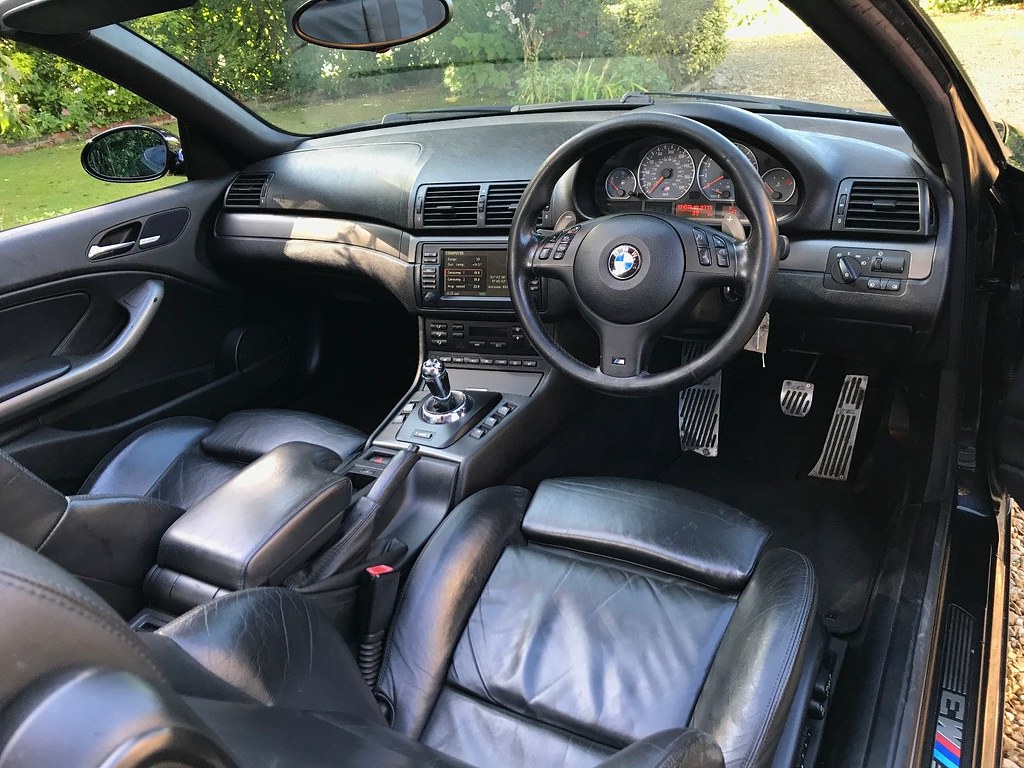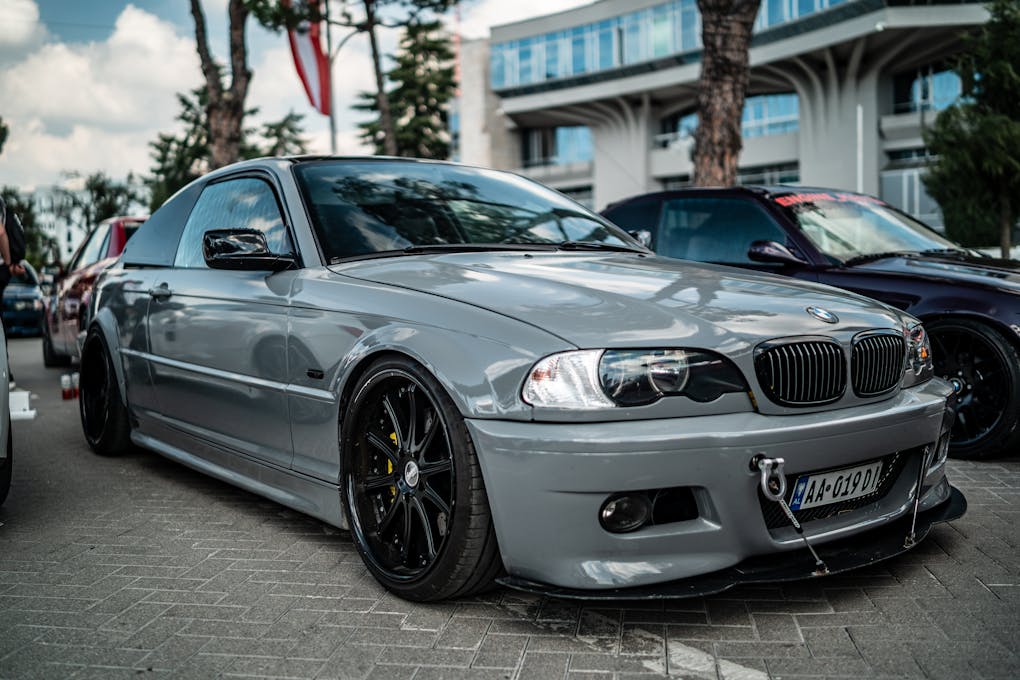The BMW E46 chassis remains a benchmark for driver engagement, offering a connection that many modern performance cars just can’t replicate. It isn’t just about nostalgia for a bygone era of analog feedback. It’s about a certain feel, a level of communication between the driver and the road that the automotive world seems to have moved past. They were wrong.

This isn’t another buyer’s guide that just lists trim levels, because you already know the difference between a 316i and a 330i (at least I hope you do). This is for the person scrolling through classifieds late at night, staring at that silver-grey coupe with 140,000 miles and wondering if it’s a smart buy or just a way to chase a ghost from some grainy, old-school Chris Harris video.
The magic of this car is its hydraulic power steering, providing a kind of genuine feedback from the tires that was lost to electric racks forever. But the ownership reality is that the entire cooling system is a wear item, so you should budget for a full replacement the moment you buy one.
Do not skip this.
A steering rack swap from a ZHP model, a sub-$500 bolt-in job, will turn a solid-handling car into something amazing. The market today has split completely, with clean manual coupes appreciating while neglected automatic sedans are basically parts cars. As cars become more like appliances, the E46 is a proper tool for learning car control. It’s a masterclass.
Quick Links
That Thing Everyone Complains About (And Why I Love It)

You simply can’t discuss the E46 without talking about the two issues that haunt every forum: the cooling system and the rear subframe. Newcomers often see these as complete dealbreakers. Veterans see them as the price of admission. It’s the membership fee for one of the best chassis of its time.
The factory cooling system is, to put it politely, not a high point of German engineering. BMW, for reasons we may never understand (I mean obviously its to cut corners and save $$$, but lets say we dont know for sure *wink wink*), decided plastic was the right material for things like water pump impellers, thermostat housings, and the expansion tank.
After 60,000 to 80,000 miles of heat cycles, that plastic becomes incredibly brittle. It doesn’t just develop a slow leak. It fails suddenly. Many owners of E46s, or its E39 big brother with the same engine, have learned this the hard way on a hot day. You get a “low coolant” warning, and seconds later, the temperature needle is slammed into the red zone. Game over.
But it’s so predictable it’s almost a scheduled service item. This isn’t some random gremlin.

The M54 engine’s cooling system holds 8.4 liters, and its weak points are legendary on forums like E46Fanatics. The expansion tank is famous for developing hairline cracks near the neck, the plastic water pump impeller will eventually shear off its metal shaft, and the thermostat housing is guaranteed to warp and leak. These are certainties. A complete overhaul kit with a metal-impeller pump, a nice aluminum thermostat housing, and all new hoses will run you about $500. For a competent home mechanic, it’s a weekend job. You do it once, you do it right, and you’re set for another 80,000 miles. It’s a character flaw, sure, but it’s a known flaw. A sorted car is a reliable one.
And then there’s the subframe.
This issue involves the sheet metal of the trunk floor, where the rear subframe assembly mounts, which can develop cracks from years of stress. This problem is most common on early, high-torque cars made before March 2000 that have been driven hard. It sounds awful, and a bad case can be.
But again, the enthusiast community has this figured out.
You can buy reinforcement plate kits that are welded in to permanently strengthen the mounting points. Finding a car with this work already documented is a huge win. If not, a pre-purchase inspection by a BMW specialist is absolutely non-negotiable. They know exactly where to look for the first signs of cracking. It’s a fixable problem, but it gets expensive if you’re paying a shop for the labor.
Wait, let me clarify. I don’t love that these things break. What I love is that they are known quantities. In a world full of sealed computer modules that cost $3,000 to replace, I’ll take a predictable, mechanical failure I can fix in my own garage every single time.
So What Made Engineers Think This Was a Good Idea?

Let’s talk about the DISA valve, something mainstream reviews never touch but a constant topic of discussion for owners. The DISA, or Differentiated Air Intake, is a small flap assembly inside the intake manifold on the M54 engines. Its job is to change the length of the intake runners on the fly.
A clever piece of engineering.
At low RPM, the flap stays closed, which forces intake air to travel down a longer path. This move increases air velocity and helps build better low-end torque for pulling away from a light. Once you get above, I think it was around 4,000 RPM, the flap swings open to create a much shorter path for the air. This change optimizes airflow for horsepower at the top end of the rev range. It’s a smart way to get the best of both worlds from a naturally aspirated engine.
The problem wasn’t the concept, but the execution.
The flap itself is plastic and pivots on a small metal pin. Over many years and miles, the plastic can fatigue, and that pin can start to work itself loose. The best-case scenario is you develop a vacuum leak and get a check engine light for lean codes, usually P0171 and P0174.
The worst-case scenario?
The pin and the entire flap get ingested straight into one of the cylinders. That’s an engine-killing event. You can check its condition in two minutes flat, as it’s held on the side of the intake manifold with just two Torx bolts. Pull it out and give the flap a wiggle. If it has any play, it’s on its way out. Thankfully, aftermarket rebuild kits with beefier metal flaps and improved seals are inexpensive and provide a permanent solution. This isn’t a “maybe I should” kind of job. It’s a “do it this weekend” task.
The $500 Mod That Changes Everything

Forget about loud exhausts or flashy wheels for a minute. The single most transformative modification you can make to a non-M, non-ZHP E46 is swapping the steering rack. It completely alters the car’s personality. Bam. Instant response.
The standard E46 rack is fine, it’s hydraulic, and it communicates well enough. But it’s a bit slow with a 15.4:1 ratio, which means you find yourself shuffling your hands a lot in tight turns or autocross events. The fix is a simple OEM part swap from another BMW. The “yellow tag” rack from a 330i ZHP is the most common choice, offering a much quicker 13.7:1 ratio. The swap makes the car feel impossibly sharp and responsive. Turn-in becomes immediate. It feels like the car just dropped 300 pounds.
This ZHP rack is a direct, bolt-in swap for facelift cars from 2001 onward. For the older pre-facelift models, you just need to use updated outer tie rods to make it fit. If you can’t source a ZHP rack, as they are getting harder to find, a rack from a Z3 2.8 or 3.0 is a wild alternative at an even quicker 13.9:1 ratio and also bolts right in. The job takes a few hours, a new set of crush washers for the power steering lines, and a fresh alignment afterward.
This whole process is the core of the E46 modification scene. It’s not about big turbos or getting your car so low it scrapes on paint lines. It’s about “OEM+”—using better parts from the BMW factory bin to create the car it always should have been. It’s subtle, it’s effective, and it’s a change that only the driver will ever truly notice. That’s the whole point.
The Great SMG Debate: Misunderstood or Just Plain Bad?

No topic will divide the E46 community faster than the SMG-II gearbox that was available on the M3. One side will tell you it’s a jerky, unreliable automated manual that ruins the car. The other camp will defend it to the end, claiming it’s a piece of F1-inspired tech that most people just don’t know how to drive.
The Sequential Manual Gearbox is not an automatic transmission. It’s a standard six-speed manual gearbox with a normal clutch. The key difference is that a hydraulic pump and computer-controlled actuators do the clutch work and shifting for you. You command shifts via the paddles or the gear lever. There’s no “P” for park; you leave it in gear and use the handbrake, exactly like a three-pedal manual. If you drive it like a lazy torque-converter automatic, it’s a terrible experience. It lurches and hesitates.
The trick, as its defenders correctly point out, is to drive it like an actual manual. You need to breathe off the throttle slightly between shifts to smooth things out, mimicking what your left foot would be doing. When you get it right, with the shift speed set to its most aggressive mode, the upshifts are super quick and give you a satisfying kick. It feels very purposeful.
The real issues are reliability and cost. The hydraulic pump is a known major failure point, and replacing it can cost thousands. The little salmon-colored relay that controls it is a cheap part, maybe $20, but when it fails, it can leave you stranded without warning. The ownership prospect is, let’s say, tricky.
So, is it misunderstood? For sure. Is it a good ownership experience for most people? Probably not. A proper six-speed manual is more involving, far more reliable, and will always hold its value better. The SMG is a fascinating piece of tech from a dead-end street, a cool glimpse of what engineers thought the future was before dual-clutch transmissions arrived and did it better.
Why Prices Are Doing That Weird Thing Right Now

The market for the E46 is not one single thing anymore. It has fractured into two distinct camps. A decade ago, any E46 was a few thousand dollars. Today, we’re seeing a huge price split that catches many people by surprise.
A 2004 330Ci ZHP with a six-speed manual and under 100k miles can easily be a $15,000 to $20,000 car, and prices are still climbing. People have finally realized they are basically four-door M3s with more street-friendly torque and lower running costs. A clean 330i Touring, the wagon, with a manual transmission is an even rarer bird that commands a real premium from buyers who are in the know. They’re out there, but you have to hunt.
Then you have the other end of the spectrum.
A 2002 325i automatic sedan with a sagging headliner, peeling soft-touch plastic on the center console, the famous pixel failure on the radio display, and 200,000 miles is a $2,500 car. Honestly, it might not even be worth that much. These are the neglected machines that give the E46 a bad reputation as a money pit. They suffer from a long history of deferred maintenance by owners who couldn’t afford the upkeep we talked about earlier.
This is the chasm. The good examples are being bought by enthusiasts who are preserving them, and their values reflect that care. The bad cars are just falling apart, eventually becoming parts donors to keep the good ones on the road.

If you’re in the market, the advice is simple: pay the premium for a car that has a thick stack of service records from an obvious enthusiast. The cheap car will almost always cost you more money in the end. Look past shiny paint and check for the real signs of care, like receipts for a cooling system overhaul, a VANOS seal replacement, a subframe inspection, and quality tires.
That’s where the actual value is. The era of the cheap, good E46 is over. The era of the worth-it E46 has just begun.
